The Spicy Secret Behind Yellow Peruvian Chicken Sauce: 10 Tips to Nail It Every Time!
If you've ever taken a bite of Pollo a la Brasa and wondered what magic gives that vibrant yellow Peruvian chicken sauce its unique flavor, you're not alone. This isn't just any sauce—it's the heart of a culinary tradition that spans continents and centuries. Whether you're a seasoned chef or a curious foodie with a penchant for spices, this guide will take you deep into the world of yellow Peruvian chicken sauce, offering practical tips, historical tidbits, and everything in between.
Table of Contents
- Origins of Yellow Peruvian Chicken Sauce
- Key Ingredients That Make the Magic Happen
- 10 Practical Tips to Perfect Your Sauce
- A Side-by-Side Comparison: Traditional vs. Modern Recipes
- How to Pair & Serve Like a Pro
- A Dash of History: The Journey of Aji Amarillo
- Common Mistakes (and How to Avoid Them)
- Final Thoughts on Mastering This Iconic Sauce
From Andes to Every Table: The Origins of Yellow Peruvian Chicken Sauce
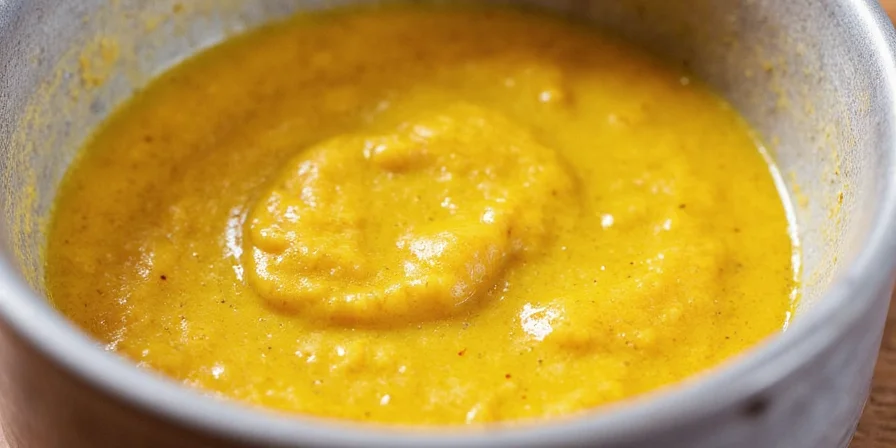
Yellow Peruvian chicken sauce—known as salsa amarilla or salsa criolla de pollo—has roots deeply embedded in the fusion of indigenous Andean ingredients and Spanish colonial influences. It rose to fame alongside the beloved pollo a la brasa, which is essentially Peru’s version of rotisserie chicken. But it's the sauce that steals the show.
The star ingredient? The Aji Amarillo chili—a bright yellow chili native to Peru and packed with fruity heat. Combined with garlic, vinegar, oil, and other pantry staples, it becomes a sauce that's both bold and balanced.
The Holy Trinity of Flavor: Key Ingredients Breakdown
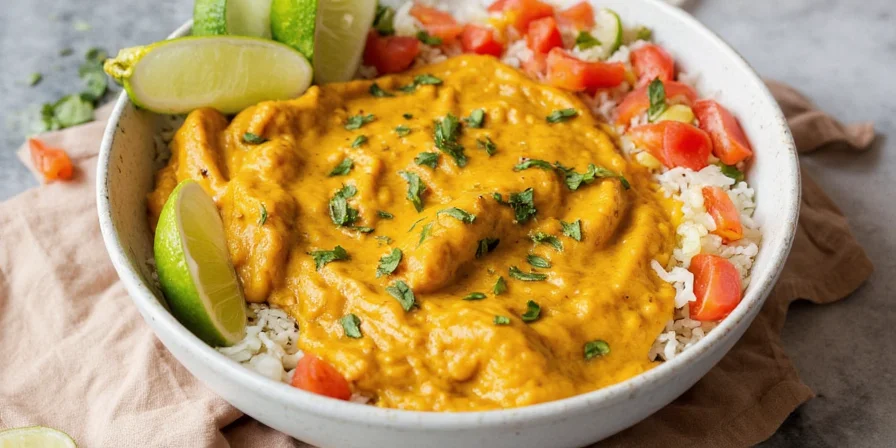
| Ingredient | Purpose | Flavor Contribution |
|---|---|---|
| Aji Amarillo Chili | Base flavor, heat | Fruity, citrusy heat |
| Garlic | Depth, savory note | Pungent, earthy richness |
| Vinegar | Brightens flavor | Tangy, acidic kick |
| Olive Oil | Smooth texture | Velvety mouthfeel |
| Cumin | Warm spice layer | Earthy, smoky undertone |
| Lime Juice | Additional acid | Fresh, zesty brightness |
10 Must-Know Tips to Nail the Perfect Yellow Peruvian Chicken Sauce
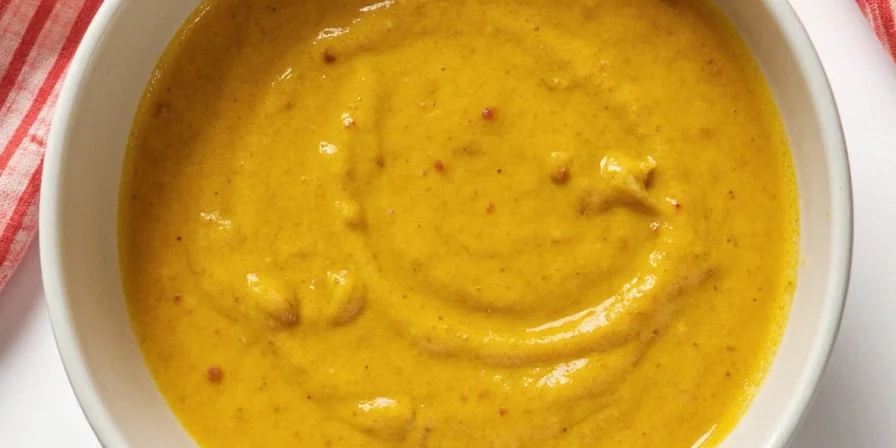
- Use Fresh Aji Amarillo: If fresh aren’t available, look for frozen puree—it retains more flavor than canned.
- Roast Your Garlic First: Roasting mellows the sharpness and adds a sweet, nutty depth.
- Ditch the Blender (Sometimes): For a chunkier, rustic texture, mash everything by hand with a mortar and pestle.
- Balance Is Everything: Don’t let one flavor dominate—test and adjust after blending.
- Add Vinegar Slowly: Start with half the amount and add gradually until desired tanginess is reached.
- Let It Rest: Allowing the sauce to sit for an hour lets flavors marry beautifully.
- Oil Matters: Use good-quality olive oil—it can make or break the final taste.
- Spice Level Control: Remove seeds and veins from the chilies if you want milder heat.
- Toast the Cumin: Toasting whole cumin seeds before grinding enhances their aroma exponentially.
- Serve Cold: This sauce shines best when chilled slightly—not too warm, not icy.
Traditional vs. Modern: A Side-by-Side Sauce Showdown
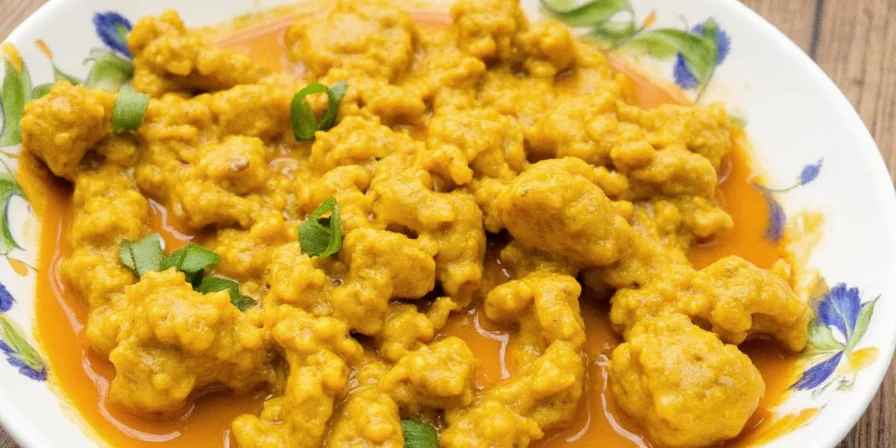
| Aspect | Traditional Recipe | Modern Interpretation |
|---|---|---|
| Chili Type | Fresh Aji Amarillo | Bottled Aji Amarillo puree |
| Tools Used | Mortar & Pestle | Blender / Food Processor |
| Texture | Chunky, rustic | Smooth, creamy |
| Acid Source | Apple cider vinegar | Lime juice only |
| Oil Used | Canola or corn oil | Extra virgin olive oil |
| Prep Time | 25–30 minutes | 10–15 minutes |
Beyond the Chicken: Creative Ways to Use Your Yellow Peruvian Chicken Sauce
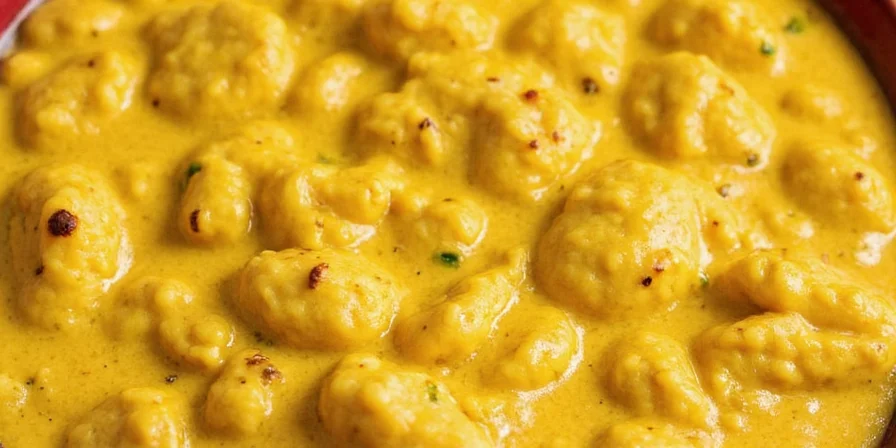
You don’t have to limit this sauce to chicken! Here are some fun ways to use up leftover sauce:
- As a Dipping Sauce: Goes great with french fries, plantains, or even grilled vegetables.
- In Sandwiches: Spread on paninis or wraps for a spicy twist.
- With Seafood: Drizzle over grilled fish or shrimp tacos.
- In Rice Dishes: Mix into fried rice or arroz chaufa for a flavor boost.
- With Eggs: Spoon over huevos rancheros or scrambled eggs for a breakfast upgrade.
A Dash of History: The Journey of Aji Amarillo
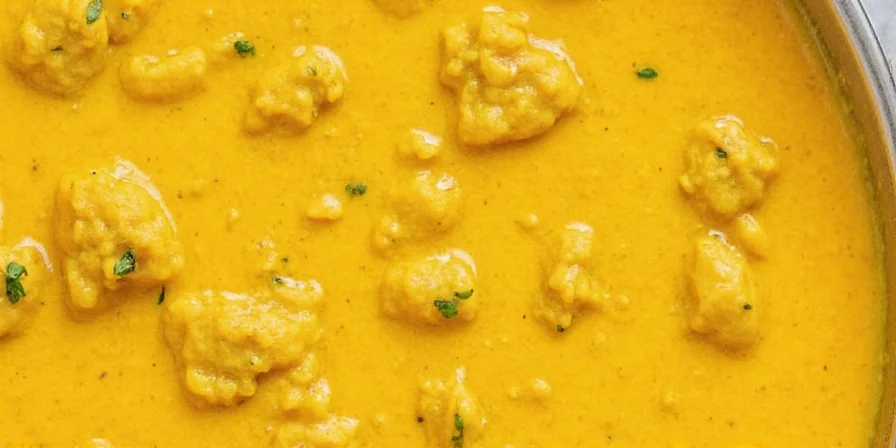
The Aji Amarillo has been cultivated in the Andean region for thousands of years. Its name literally translates to “yellow chili,” though its color can range from orange-yellow to deep gold. Ancient civilizations like the Moche used it in religious rituals and cooking, long before it became a staple in Peruvian cuisine today.
Interestingly, the Aji Amarillo was virtually unknown outside of South America until the late 20th century. Now, thanks to globalization and the rise of Latin American cuisine, it's found in gourmet kitchens around the world—from New York to Tokyo.
Avoid These Common Mistakes When Making Yellow Peruvian Chicken Sauce
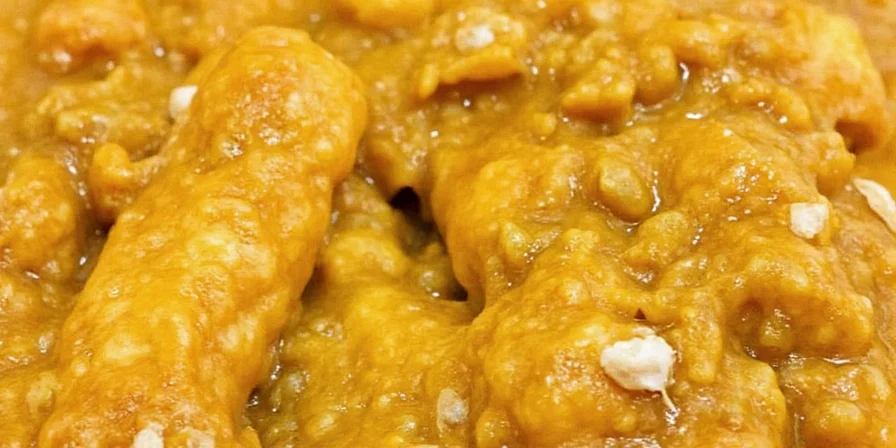
- Over-blending: Results in a sauce that lacks character. Leave it slightly textured.
- Too much acid: Overdoing vinegar or lime juice makes the sauce sour instead of tangy.
- Using dried chilies: Unless you’re using specifically prepared dried Aji Amarillo, stick with fresh or frozen.
- Forgetting salt: Salt brings out the natural flavors and balances the heat.
- Neglecting resting time: Rushing to serve means missing out on a harmonious blend of flavors.
Final Thoughts on Mastering This Iconic Sauce
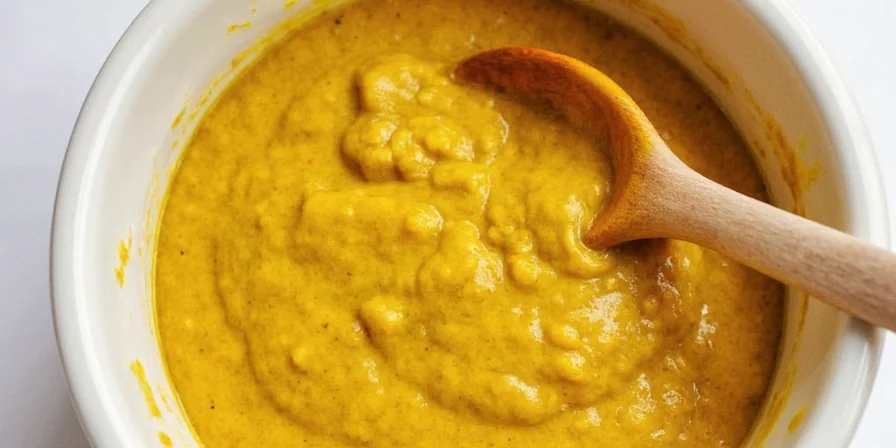
Making the perfect yellow Peruvian chicken sauce isn’t rocket science—but it does require attention to detail, respect for tradition, and a dash of creativity. Whether you’re recreating the flavors of Lima in your kitchen or experimenting with new uses, this sauce is more than just condiment—it’s a celebration of spice culture, history, and bold flavor.
So next time you fire up the grill or roast a chicken, skip the store-bought sauces and reach for the Aji Amarillo. Your taste buds—and your guests—will thank you.

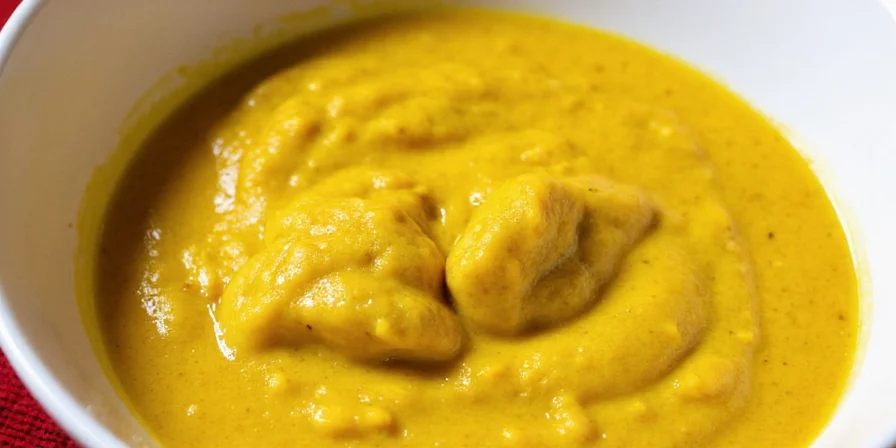









 浙公网安备
33010002000092号
浙公网安备
33010002000092号 浙B2-20120091-4
浙B2-20120091-4